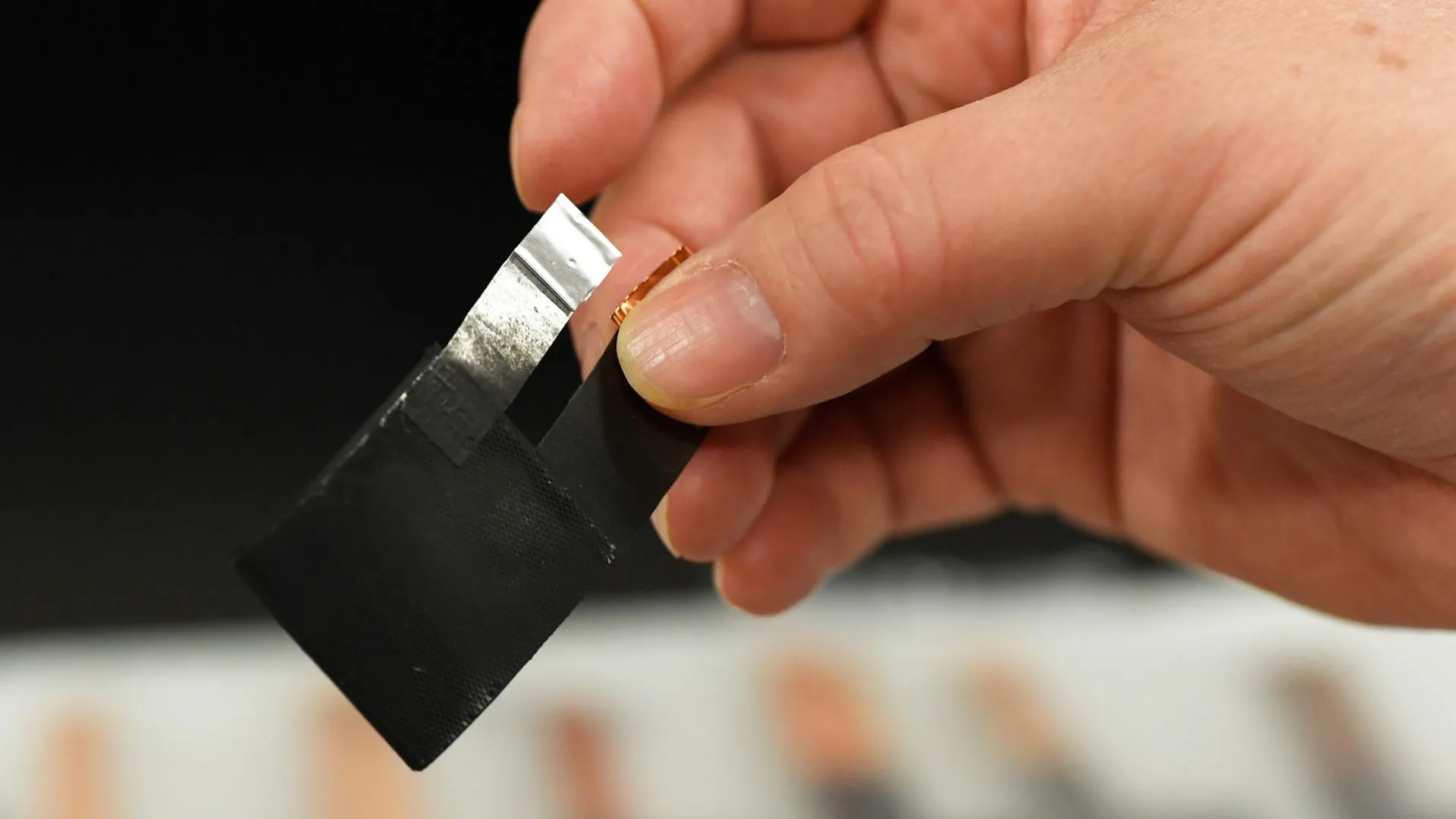
All-solid-state batteries promise safer, more powerful energy storage for electric vehicles, electronics, and the grid. But lithium, the critical element inside, is costly, scarce, and damaging to extract.
Researchers are now turning to sodium, a cheaper and more abundant option.
A new study shows that sodium-based solid-state batteries can finally hold their own at room and even subzero temperatures.
Scientists at the University of Chicago Pritzker School of Molecular Engineering (UChicago PME) reported the advance this week.
The work raises the benchmark for sodium batteries, a technology that has struggled in real-world conditions.
“It’s not a matter of sodium versus lithium. We need both,” said Y. Shirley Meng, Liew Family Professor in Molecular Engineering at UChicago PME. “When we think about tomorrow’s energy storage solutions, we should imagine the same gigafactory can produce products based on both lithium and sodium chemistries.”
Meng added, “This new research gets us closer to that ultimate goal while advancing basic science along the way.”
The paper demonstrates thick sodium cathodes that perform at room temperature and down to freezing.
That places sodium on more equal ground with lithium, said first author Sam Oh of the A*STAR Institute of Materials Research and Engineering in Singapore.
Stabilizing a new structure
The team’s breakthrough rests on a new solid electrolyte. “The breakthrough that we have is that we are actually stabilizing a metastable structure that has not been reported,” Oh said.
He explained that the metastable structure of sodium hydridoborate has extremely high ionic conductivity.
“At least one order of magnitude higher than the one reported in the literature, and three to four orders of magnitude higher than the precursor itself.”
The researchers created this structure by heating sodium hydridoborate until it started to crystallize. They then rapidly cooled it to lock in the crystal form.
The method is well known in other fields but had not been used for solid electrolytes before.
“Since this technique is established, we are better able to scale up in future,” Oh said. He added that familiar methods are more attractive to industry. “If you are proposing something new or if there’s a need to change or establish processes, then industry will be more reluctant to accept it.”
Thicker cathodes, higher density
The team paired the metastable phase with an O3-type cathode coated with a chloride-based solid electrolyte. That design enabled thick, high-loading cathodes. Unlike thin cathode designs, these pack less inactive material and more active “meat.”
“The thicker the cathode is, the theoretical energy density of the battery – the amount of energy being held within a specific area – improves,” Oh said.
The advance gives sodium batteries a clearer path to compete with lithium. The work addresses both cost and sustainability while opening new directions in energy research.
“It’s still a long journey,” Oh said. “But what we have done with this research will help open up this opportunity.”
The study is published in the journal Joule.



